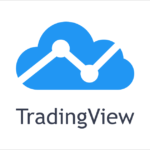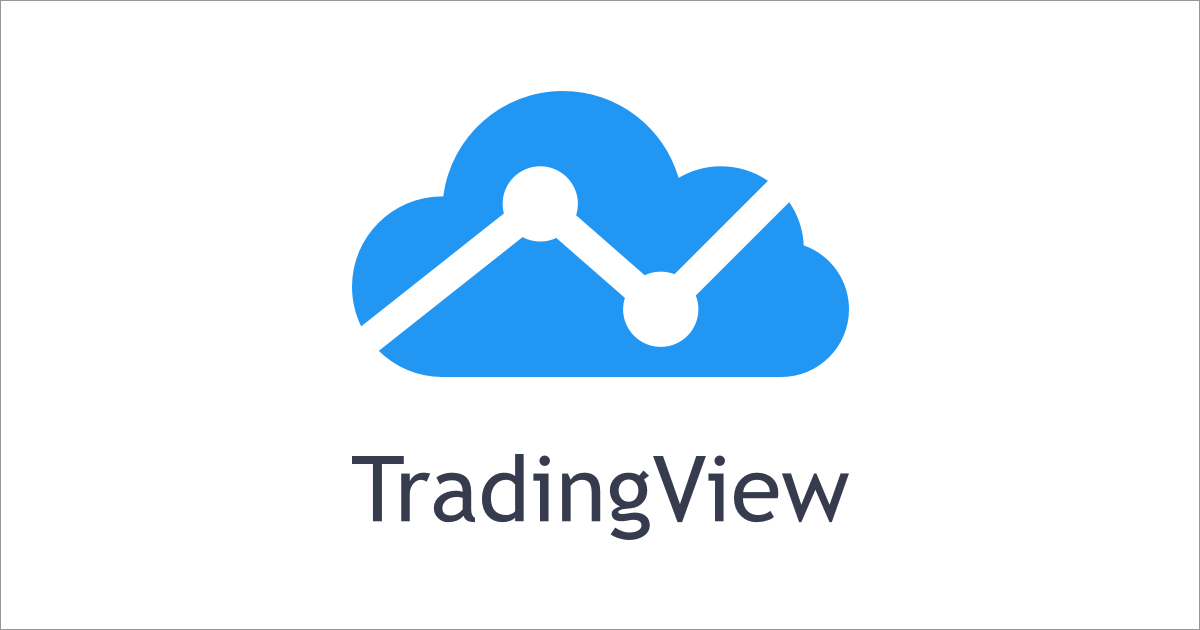

The main goal as an investor is to get good returns on your investments. As admirable as this
might be, it’s a lot easier said than done. One thing is for sure; trading requires a lot of
experience, patience, wit, and, last but not least, a bunch of very specialized tools in order to get
done right.
In this article, we’ll be taking a look at TradingView, one of the best (if not the best) stock
screener or stock charting platforms currently on the market.
What is TradingView?
In short, TradingView is a platform that aims to help traders (regardless of their experience) by
providing low-cost analysis and very detailed, yet comprehensive and relevant charts. It’s a
cloud-based charting and social-networking-oriented platform for active investment traders.
The platform was established by Stan Bokov and a team of other passionate traders and
software developers in September 2011. Since it’s web-based it runs on a wide range of
devices including Windows and Linux PCs, Macs, tablets, smartphones, and the best thing is it
requires no installation.
Features
Charts
One of the platform’s highlights is the fact that it provides you with multiple charting options and
features. The best thing is that everything is fully customizable, hence, you can create simple
charts to track one or a few stocks, as well as create multiple dynamic charts that actively track
various markets of your choosing.
Some of the most popular types of charts are Renko, Kagi, line, and PNF charts. Not only this,
but the charts can be used to compare features, a wide range of indicators, and various prices.
Trading simulator
The paper trading simulator is another very great feature. It’s specifically designed to help
novice traders through the whole paper trading in a simulated environment. Therefore, you can
practice trading strategies with virtual money before going “all in” with real-life money. You can
test your skills with stocks, futures, and cryptocurrencies among others.
Stock screener
In short, the stock screener is the component of the platform that allows you to find stocks
based on specific criteria. It allows you to filter stocks based predefined metrics and all sorts of
other criteria.
Server-side alerts
Server-side alerts is another reason why TradingView is regarded as one of the best platforms
of its kind. You can set alerts for all a plethora of factors and conditions and get notified when
something happens that meets your requirements. There are a total of 12 different alert
conditions that can be applied to indicators or drawing tools.
Customized technical analysis
This is a feature mainly dedicated to advanced traders. In short, it revolves around a technology
called (programming language) called Pine script which allows you to create your indicators and
even charts from the ground up. To be more precise, you can create what are called automatic
bot strategies. What’s even more fascinating is the fact that the platform has a series of pre-built
studies that explore different trading concepts and indicators. With their help, you are provided
with a very complex, in-depth view of the market.
Extensive market coverage
TradingView allows you to access more than 50 worldwide exchanges giving you access to
futures, stocks, forex, CFDs, currencies, bonds, and cryptocurrencies. There are tens of
thousands of stocks, all major, minor, and exotic currencies, various futures (such as metals,
energy, agriculture, indices), cryptos (such as Bitcoin, Ripple, Ethereum, Bitcoin Cash), and
over 30 types of government bonds.
The platform also provides you with the option of accessing all sorts of calendars (economic and
earnings calendars), gains, splits and dividends, extended trading hours, time zone options, and
custom time intervals.
Fairly novice-accessible UI
We won’t go as far as to say that working with TradingView is a walk in the park, especially if
you’re a beginner trader. However, the platform’s UI is somewhat intuitive. One of the best
things about the UI is its Search toolbar that allows you to find your way around. You can
choose from multiple search categories. You can search for any stock and filter by ticket, trading
ideas, educational ideas, scripts, or people.
TradingView Plans
You can very much use TradingView for free, but the Free plan has various limitations. The
Free plan includes the following: 1 chart per layout, only one device, one alert, three indicators
per chart, and one saved chart layout. You still get access to the social community, economic
earnings calendars, and global data. Unfortunately, there’s no customer support included.
The PRO ($9,95/mo) version provides a few more tools to manage your stock research. It
includes two charts per layout, one device, ten alerts, five indicators per chart, and unlimited
watchlists.
The PRO+ ($19,95/mo) is probably the one to go for most traders as it adds faster customer
service, more alerts, and access to various tools. You get four charts per layout, two devices, 30
alerts, as well as intraday and extended trading hours data.
Finally, we have the PREMIUM ($39,95) plan which is not only the most expensive but also the
most comprehensive of the lot. You get eight charts per layout, five devices, 200 alerts, top
customer service, and unlimited access to all the platform’s tools.
Conclusion
TradingView is an excellent tool for all types of traders and one of the best stock charting
platforms to date. We hope that this guide provided you with some basic insights about this great trading tool. Before actually placing trades with real money, please consider getting a free account and start mock trading until you learn your way around the platform.
Featured image: www.tradingview.com

coindoo.com is author of this content, TheBitcoinNews.com is is not responsible for the content of external sites.
Our Social Networks: Facebook Instagram Pinterest Reddit Telegram Twitter Youtube










